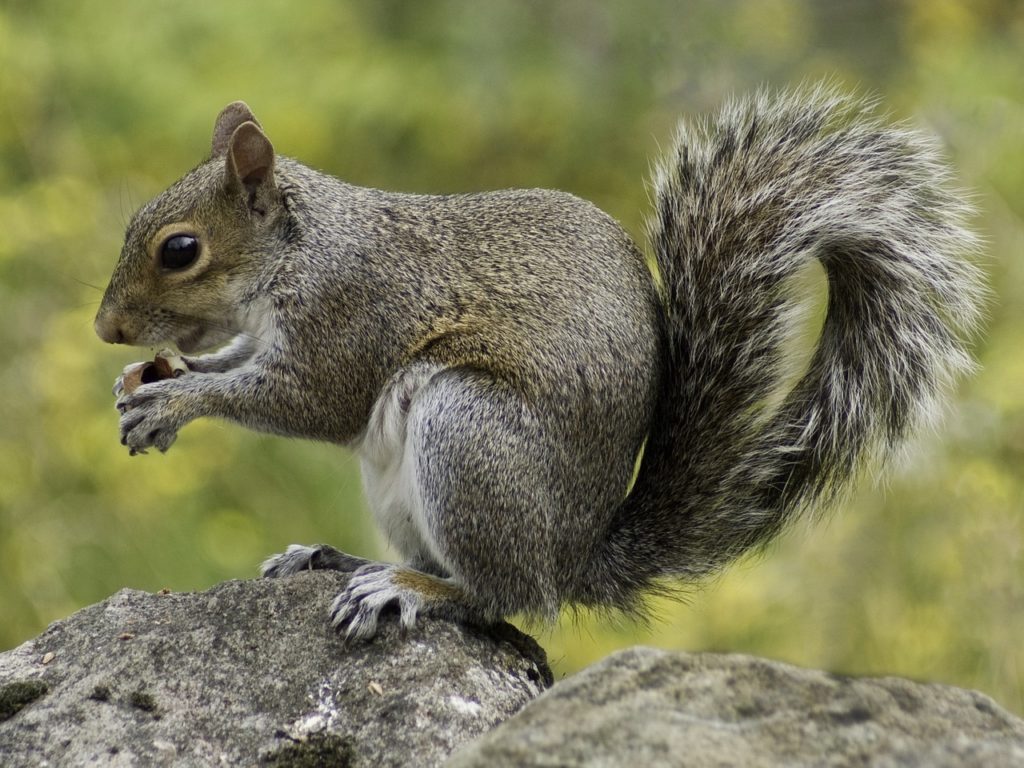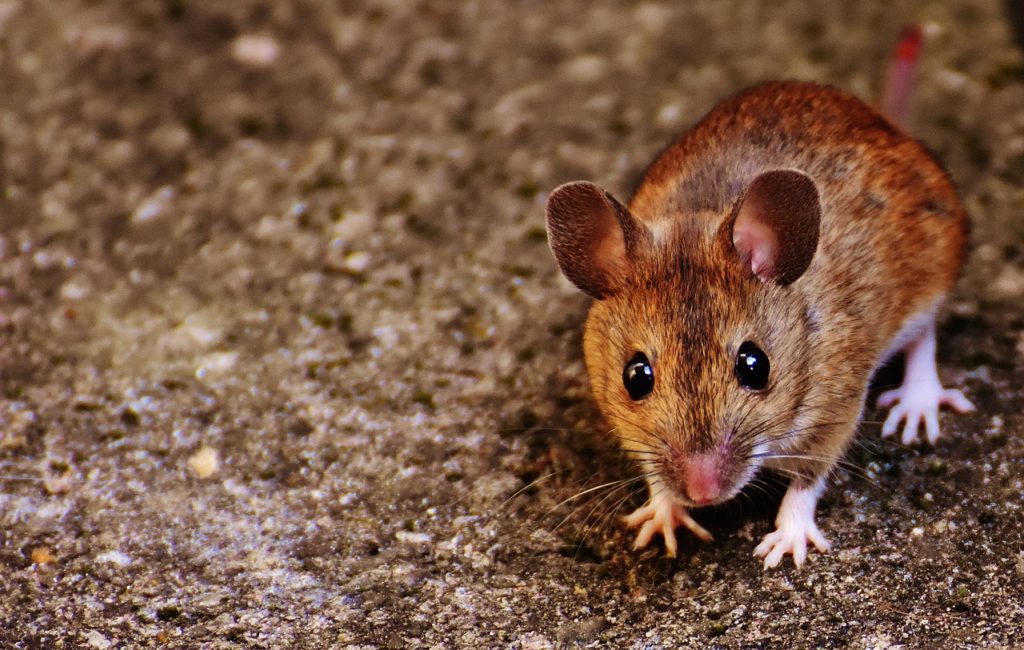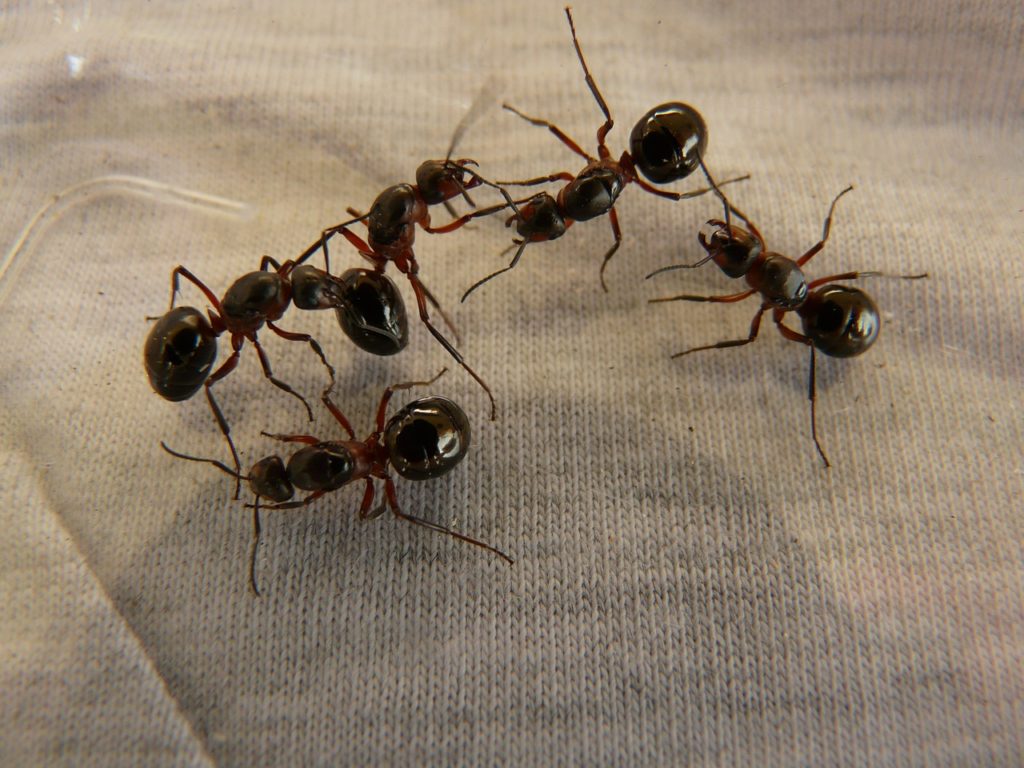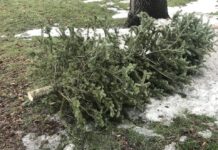Each season brings the possibility of unwanted pests invading our homes. Here’s how to keep them out and how to banish them once they’re in.

Steve Naday may not call himself the West Island’s “Critter King,” but it’s an appropriate moniker given his vast knowledge of how to deal with unwanted varmints in the home.
As owner with his wife, Toni, of Steve’s Hardware and Variety in Plaza Pointe Claire, Steve has become an expert resource, advising his customers on how to rid their homes of unwelcome pests. In addition to selling such items as traps, he knows how to deter furry invaders from entering the premises in the first place . . . and how to encourage their departure once they’re in the house.
Squirrels
Squirrels may look harmless outdoors, but once they make themselves at home in an attic, they’re destructive. “Place a bright LED light in the attic and leave it on all night,” Steve counsels. “Squirrels won’t stay in a place if it’s too bright.”
Noise is another deterrent. “Radios make noise, so position a radio in the attic and play it constantly,” he says. “I’ve done this and it works. I had the radio on a timer so I didn’t hear it through the ceiling at night, but it was on all day.”
A third option is a humane trap, baited with peanuts. But be sure to release the animals far from your home—preferably across a highway or body of water—to ensure they don’t return. Once the squirrels have deserted the attic or been removed in a humane trap, it’s essential to block entry points—soffits, for instance—against further invasion.
The breeding seasons for squirrels are April and August, so it’s essential to deal with an incursion before the critters multiply.
Mice

Mice usually enter homes during the autumn in search of a warm winter refuge. A mouse can squeeze through a dime-sized hole if the circumference of its head doesn’t exceed that space, so the first task to prevent a mouse invasion is to seal entry points.
“Walk around the outside of the house and check for crevices and cracks in the foundation,” Steve advises. “Look at vent pipes, basement windows, garage doors, and the place where the siding meets the foundation.” Steel wool is the best material to fill access points, he adds.
Once they’re in your house, you’ll know mice by their droppings. “One female mouse can produce 65 pups a year,” Steve says. “As soon as you see one mouse, you have 21 days before it produces offspring.”
Old-fashioned snap traps tend to be effective, he says. However, if you use humane traps, which capture mice live, do release the animals a few blocks from your home. “Mice have a homing instinct and they’ll come back if you simply take them outside or across the street.”
Ants

Ants become apparent during the spring, Steve says. “I believe that when municipalities spread sand on sidewalks during the spring, ant eggs are dormant in it. We track them into our homes on our shoes and boots.”
Ninety-five per cent of ants are attracted to the sweet bait in ant traps. “The scout ants gather the poisonous bait from the traps and take it back to their nest, to be shared with the colony. It takes about three weeks for the colony to perish,” Steve says.
If a pest problem is beyond a homeowner’s ability to control, he says, the answer may be to hire an exterminator. However, Steve adds, by being proactive about protecting a home from a critter invasion, homeowners can continue to live harmoniously with wildlife, as long as the critters stay outdoors.








